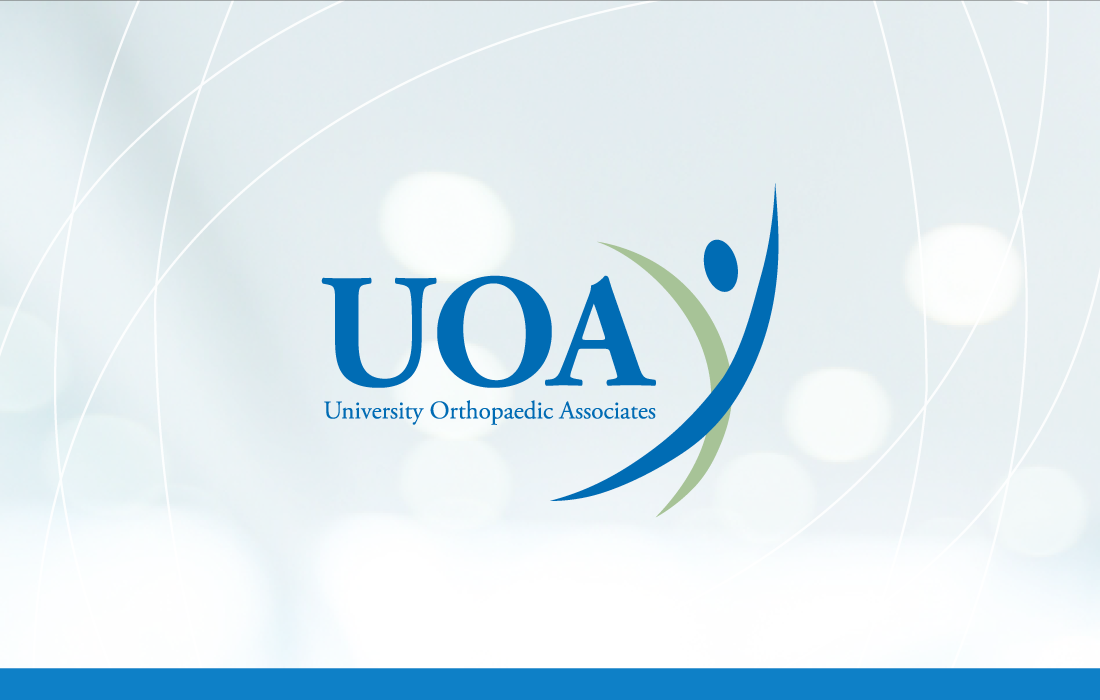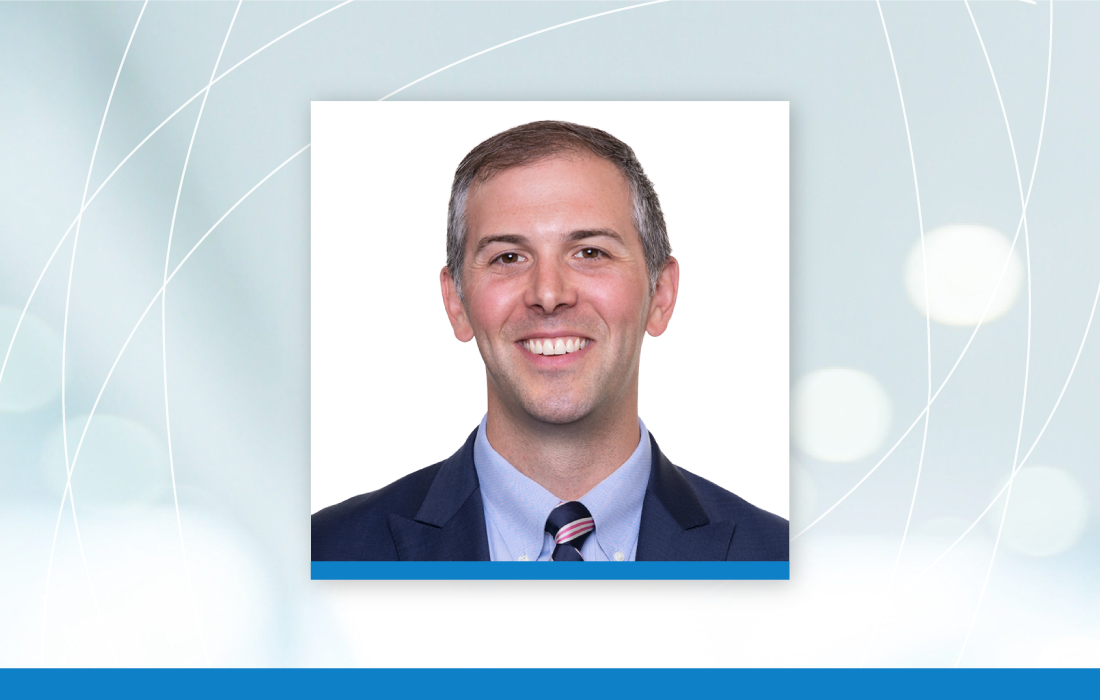The anterior cruciate ligament (ACL) is one of the most commonly injured ligaments of the knee, especially among athletes. Approximately half of all ACL injuries occur in combination with other injuries, such as damage to the articular cartilage, meniscus, or other ligaments. Bone bruises may be present beneath the cartilage surface in a pivot shift pattern—indicating ligament damage.
Anatomy
The knee is a hinge joint, which allows the leg to bend back and forth without side-to-side motion. The knee is formed by a combination of bones, ligaments, tendons, and cartilage.
In an ACL injury, some of the important tissues are:
- Ligaments, which are tough bands of tissue that connect bones to one another.
- Articular cartilage, which allows the bones to glide smoothly over each other with little friction.
- Menisci, which act as shock absorbers in the knee.
The knee joint is primarily formed by three bones:
- Femur (thigh bone).
- Tibia (shin bone).
- Patella (kneecap).
The ligaments of the knee joint are:
- Medial collateral ligament (MCL).
- Lateral collateral ligament (LCL).
- Anterior cruciate ligament (ACL).
- Posterior cruciate ligament (PCL).
The ACL runs diagonally through the middle of the knee and connects the tibia to the femur. This structure provides stability to the knee joint, especially in front-to-back and rotational movement.
What Is ACL Reconstruction?
An ACL tear is one of the most common knee injuries and often requires surgery. The options to treat a torn ACL include an ACL reconstruction or ACL repair. Both procedures can help restore knee joint stability and limit the future risk of cartilage and meniscus damage.
In an ACL reconstruction, a graft is used to replace the torn ligament. Most often, the graft is taken from your own body, known as an autograft. It can be taken from various sites, such as the patellar tendon, hamstring tendons, or the quadriceps tendon in the knee. A donor graft may also be used, which is called an allograft. Your surgeon will discuss the pros and cons of each graft option and suggest which type may be best for you.
Bridge-Enhanced ACL Restoration: Another Option for ACL Repair
Bridge-Enhanced ACL Restoration (BEAR) is a relatively new ACL repair technique that harnesses your body’s healing process to repair a torn or damaged ACL.
With the BEAR technique, instead of using a graft, your surgeon places a blood-filled collagen “bridge” implant between the torn end of your ACL and the bone. The purpose of the implant is to act as a scaffold to support the formation of a blood clot at the end of the ACL tear, which is necessary to heal. The benefit of BEAR ACL restoration is that your remaining ACL tissue is preserved instead of being removed and replaced with a graft.
ACL Injury Mechanism
Most ACL tears are non-contact injuries that occur during sports and other activities that put stress on the knee.
Common causes of an ACL tear include:
- Sudden change in direction (cutting).
- Pivoting on a firmly planted foot,
- Poor/incorrect landing from a jump.
- Stopping suddenly.
- Receiving a direct blow to the knee (examples: fall on the knee, car accident, football tackle).
Women are more prone to ACL injuries than men. Athletes—particularly soccer, football, lacrosse, field hockey, and basketball players—are also at an increased risk for ACL tears.
ACL Reconstruction Indications
You may be an ideal candidate for ACL reconstruction if you are:
- An athlete with an ACL tear.
- A patient with an ACL tear and other knee structures requiring repair—such as the meniscus or cartilage.
- A non-athlete with an ACL tear and unstable knee.
How ACL Reconstruction Is Performed
Before you receive ACL reconstruction surgery, your surgeon will talk to you in greater detail about the ACL reconstruction protocol, which focuses on reducing pain and swelling, strengthening your leg muscles, and restoring full range of motion. You may need a physical before your procedure. Performing an ACL reconstruction before achieving full pre-operative range of motion comes with the risk of postoperative knee stiffness and continued swelling.
General anesthesia with or without a nerve block is generally given prior to surgery. Then, the selected graft tendon is surgically removed (autograft) or thawed (allograft) and prepared to the correct size.
This procedure is done arthroscopically using small incisions and a special camera called an arthroscope. The camera is attached to a video monitor to guide your surgeon. An additional small incision allows for the use of tiny surgical instruments in the joint space. Arthroscopic surgery eliminates the need for a comparatively large incision historically made during open surgery.
Your surgeon will examine the damage to your knee and repair or trim any meniscus and cartilage injuries. Your surgeon will then remove and reconstruct the damaged ACL using the healthy graft tendon. In the most common ACL surgery techniques, holes are drilled into the femur and tibia to position the graft, which is then secured to the bones with screws or a metallic button to hold the graft in place while it heals.
ACL Reconstruction Recovery
ACL surgery is performed as an outpatient procedure. You may be prescribed medications to reduce pain or be advised to take non-steroidal anti-inflammatory drugs (NSAIDs) or local anesthetics.
ACL reconstruction recovery may also involve the use of:
- Crutches
- Postoperative brace
- Ice bags or ice cooling machine
Physical therapy exercises will also begin immediately after surgery, as they are critical to the success of the procedure. The current ACL reconstruction protocol for physical therapy involves an accelerated course of rigorous exercises. The goal after ACL reconstruction is to reduce knee swelling, regain full range of motion, strengthen muscles, and maintain mobility of the kneecap.
ACL Surgery Recovery Time
Your wounds must be kept clean and dry during the first 10 to 14 days after surgery. Apply ice regularly to reduce any pain and swelling. After these symptoms have subsided and full range of motion, muscle strength, and endurance are restored, you may talk with your surgeon about returning to sports and your usual activities.
Your balance and leg control usually return to normal within about six months after surgery. In some instances, it may take between nine and 12 months to resume certain sports activities.
Complications
A small percentage of patients experience surgical complications after ACL reconstruction surgery, which can occur after any type of surgery.
Complications of ACL reconstruction surgery may include:
- Kneecap pain
- Bleeding at the surgical site
- Numbness of the leg
- Recurrent knee instability
- Stiffness of the knee
- Blood clot leading to pulmonary embolism (rare)
- Bacterial infection (very low risk)
- Poor healing of the graft
- Graft failure
- Rupture of the patellar tendon or patella fracture at the site of graft harvest (rare)
Complications of ACL reconstruction are rare, and outcomes are generally very good. Most patients can return to their sport by the next season.
University Orthopaedic Associates offers a wide range of sports medicine treatments and services, including ACL reconstruction. Contact UOA today at (732) 537-0909 to request an appointment if you need ACL reconstruction surgery or treatment for any other sports-related injury.




